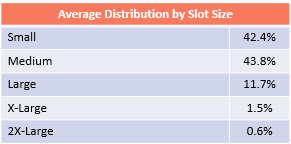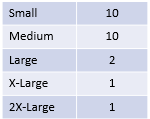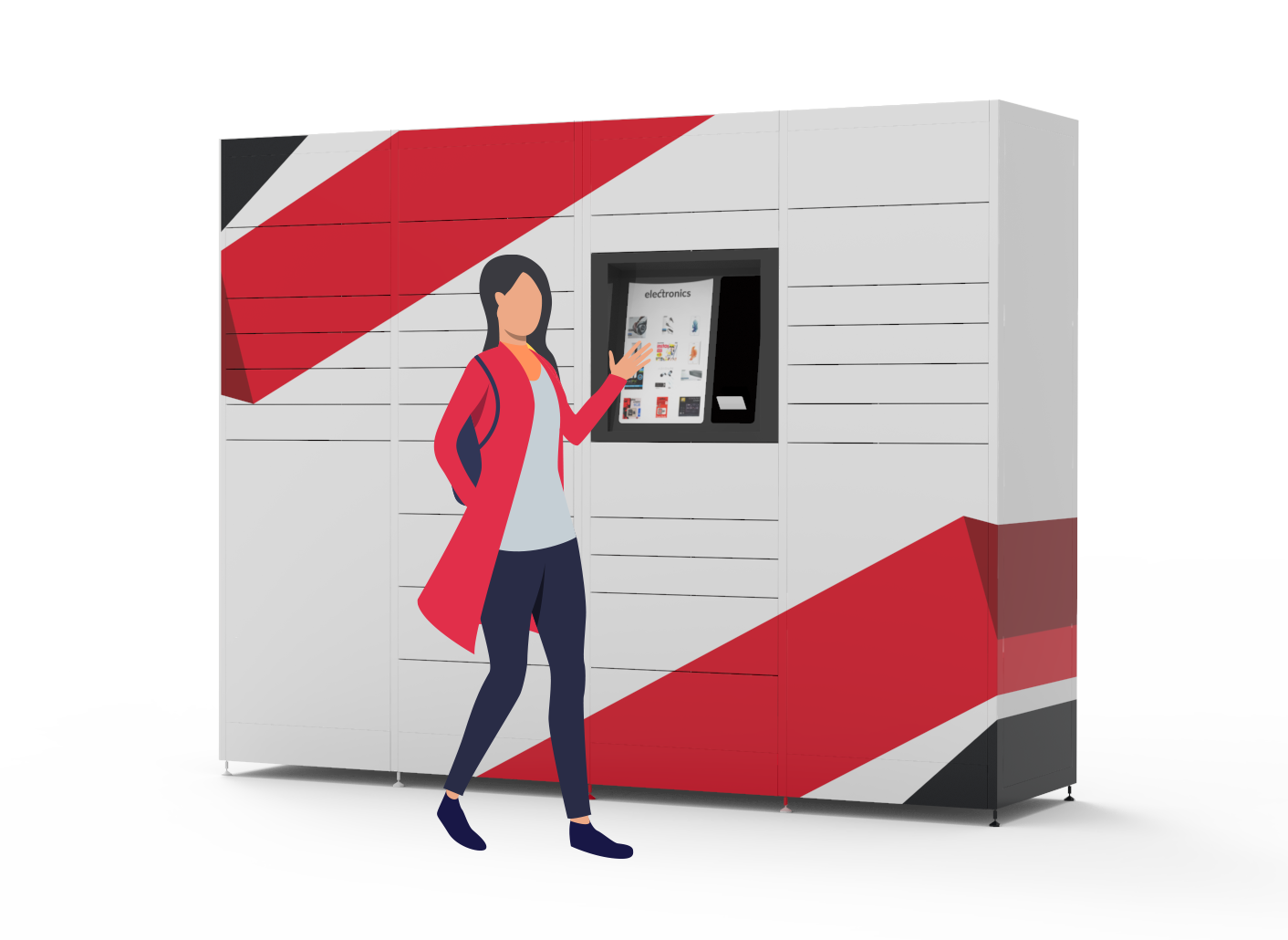Design the Right Smart Locker System for Your Residential Building
Nearly one-fifth of the population receives a package delivery at home every single day. And the number is expected to grow significantly over the coming decade.
The result, according to a U.C. Irvine study, is 68% of building staff spend at least four hours a week managing incoming deliveries. Further, space is often limited in older buildings, increasing the risk of package theft. One solution many condomiumn and apartment buildings have flocked is the smart parcel locker.
What is a Smart Locker?
A smart locker is an automated locker system that streamlines the deposit, storage, and retrieval of packages. Smart locker systems offer residential a multitude of benefits other solutions are unable to including:
- The 24/7 convenience of package pickup for residents.
- The elimination of time spent by staff managing deliveries.
- The secure storage of packages, eliminating the worry of theft.
- The reduction of clutter and mess that often occurs with package rooms.
- The ability to (with the right solution) to offer new services such as outbound shipping, dry cleaning, food delivery, and more.
Smart lockers are part of the internet of things (IoT) that contain high-tech sensors, software, scanning systems, and other technologies. The most advanced smart lockers are connected to the cloud, offering constant monitoring and the ability to maximize the systems utilization.
Understanding Your Needs
Once an association or building owner has chosen a smart locker is the perfect solution for their parcel management needs, the next step is designing a system that best matches the building’s needs.
Just like Goldilocks, you want to ensure your system is not too big or too small, but just right. Few residences accurately track parcel volume, and even fewer have the metrics on the size of parcels received.
Fortunately, by tapping into hundreds of thousands of parcel deposits and pickups, a four-step process can be used to generate a relatively accurate needs analysis. The four steps include:
- Deteriming your average daily parcel volume.
- Selecting your smart locker expiry period.
- Calculating the total number of needed slots.
- Determining the right slot size configuration.
It is important to note the resulting numbers provide a configuration that should adequately meet today’s needs. Condo boards and property managers need to consider how they wish to handle seasonal volume increases and the expected increase in volume over the years.
Average Daily Parcel Volume
 The first step is to calculate your building’s average daily volume. While volumes are dependent on the type of residents in the building, statistics show most buildings receive between 16 to 20 parcels per 100 units per day.
The first step is to calculate your building’s average daily volume. While volumes are dependent on the type of residents in the building, statistics show most buildings receive between 16 to 20 parcels per 100 units per day.
To determine the number of total slots required for your building, divide the number of units by 6 for the low end of the range and divide by 5 for the high end of the range. For simplicity, you may use 5.5. This means a 100-unit building would expect to receive 18.18 parcels per day.
Select Your Expiry Period

The expiration period is how long a parcel is allowed to remain in the smart locker before being returned to the sender. We have found a 48-hour expiry is optimal for most buildings:
The expiry period is critical in determining how many total locker slots your system will require. The longer the expiry period, the more locker slots that will be needed.
Calculate the Total Number of Slots
Now that we have chosen an expiry period and estimated the average daily parcel volume, we can now calculate the total number of slots needed to adequately service your building.
This is accomplished by taking the average daily parcel volume from Step 1 and dividing it by the expiry period factor. Because every building is different, we can use a range of expiry factors to provide a little wiggle room:
24-hour expiry = between .80 and .90
48-hour expiry = between .70 and .80
72-hour expiry = between .60 and .70
Assuming a 48-hour expiry period for our 100-unit building as our example, we would divide the 18.18 average daily parcel volume by the an average 48-hour expiry factor of .75.
Our 100-unit building example will require 24.24 locker slots to adequately service the building’s residents.
Determining Slot Size Distribution

The last step is determining how many of each slot size is needed to handle the variety of parcel sizes expected. Again, we refer to statistics to help us design the optimal system.
Using this data for our 350-unit building example that requires 86 slots, we might consider the following configuration:

Maximize Your Space
For some buildings, especially those that may be older, space for a smart locker system may be at a premium. In some instances, installing the perfect sized smart locker may not be feasible – at least not without some creativity.
Smart locker manufacturers with the ability to customize their hardware can offer a variety of space-savings solutions. In some locations designing an L-shape, U-shape, or back-to-back smart locker is the perfect choice. Another solution is to install separate smart locker systems in different parts of the building. Smart technology would allow the two smart lockers to “talk” to one another and ensure slot usage is optimized.
When there definitely isn’t enough space for the determined number of locker slots, buildings may consider reducing the number of 2XL, XL, and even large slot sizes. Oversized parcels then can be held by concierge or in a secure room. Although the packages may not be in the smart locker itself, the system’s software may still be used to communicate with the resident.
Choosing the Right Smart Locker Solution
Every residence has its own unique characteristics. Be sure to work with a smart locker company focused on solving your parcel management needs, not a company only looking to sell you a smart locker. Signifi will evaluate your building’s demographics, space availability, aesthetic needs, and special requirements so your residents not only get a parcel management solution, but an amenity that is truly delightful.
Signifi is working with property managers to implement the Signifi's Smart Residential Lockers in their apartments. Contact us to find out more about how it could help you.

.png)

